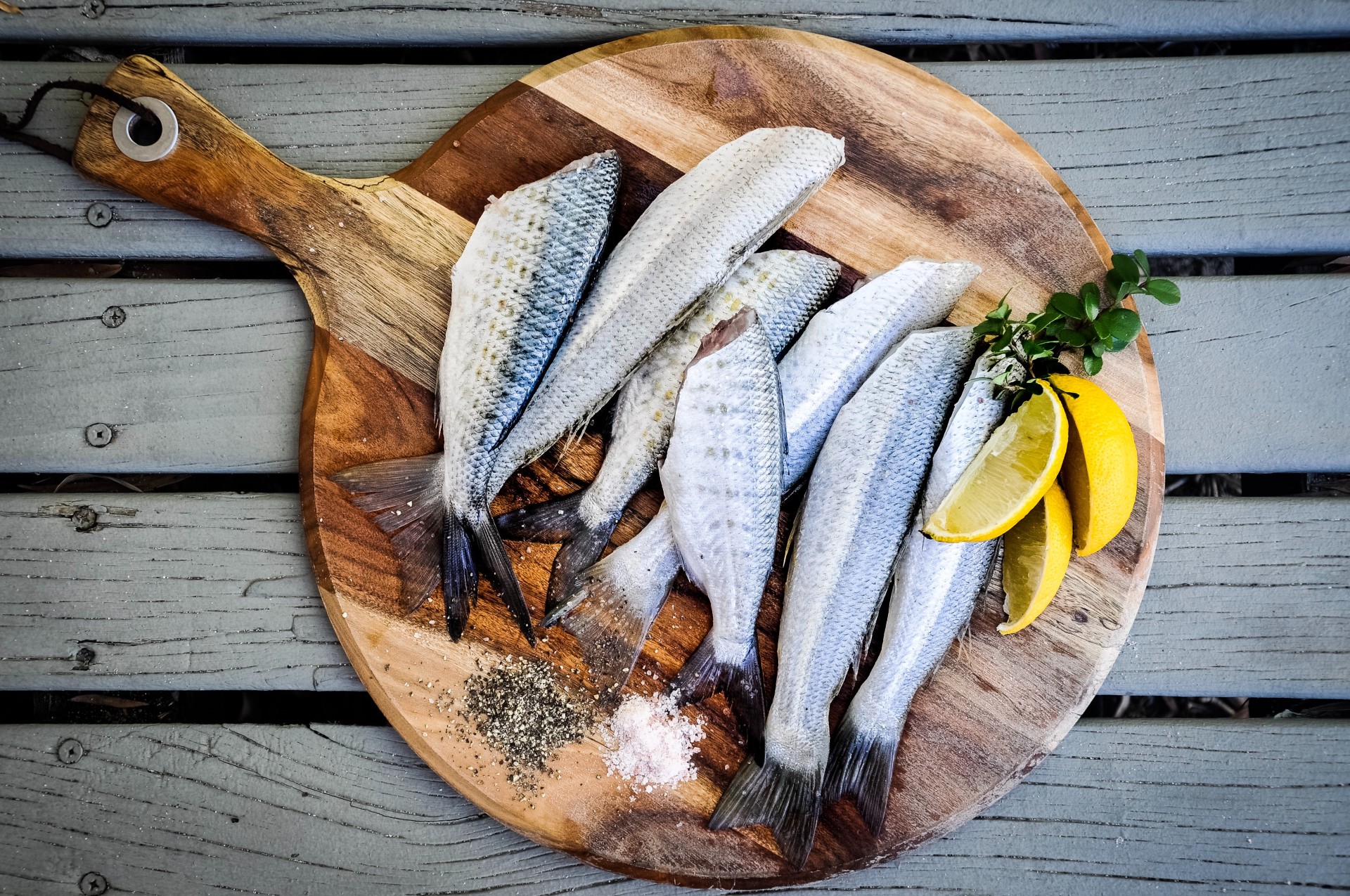
Protein: Acid Denaturation
Protein: Acid Denaturation
Protein molecules deform and unravel when exposed to acid.
What are proteins?
Proteins are large molecules found in our bodies and food, consisting of many smaller components called amino acids. Proteins have the properties they do because of the shape and arrangement of their amino acids. A weak bond, known as a hydrogen bond, forms between a hydrogen atom and an oxygen atom in the amino acids. This gives the protein its shape.
What is denaturing and how does it happen?
A protein becomes denatured when its normal shape gets deformed because some of the hydrogen bonds are broken. Weak hydrogen bonds break when too much heat is applied or when they are exposed to an acid (like citric acid from lemon juice). As proteins deform or unravel parts of structure that were hidden away get exposed and form bonds with other protein molecules, so they coagulate (stick together) and become insoluble in water. Curing salmon using lemon and lime juice (eg. to make a gravadlax or ceviche) is an example of protein acid denaturation.
Explore
- Place an egg white into a clean bowl
- Observe the colour and texture of the egg white
- Now add 3ml of lemon juice to the egg white and stir
- Record what happens to the colour and texture of the egg white
Egg white turns solid and goes white instead of clear when it denatures
MORE INFORMATION
How do acids and bases denature a protein – https://www.aatbio.com/resources/faq-frequently-asked-questions/How-do-acids-and-bases-denature-a-protein
Protein denaturation – https://www.britannica.com/science/protein/Protein-denaturation
Protein denaturation by interaction with acid and bases – https://theory.labster.com/denaturation_acid_base/
Protein Denaturation: What is it? – https://chemistrytalk.org/protein-denaturation/